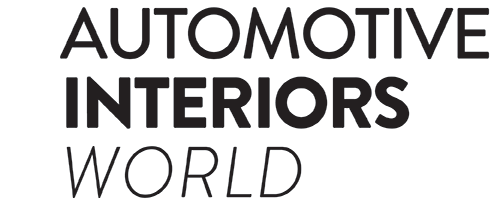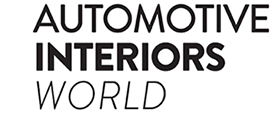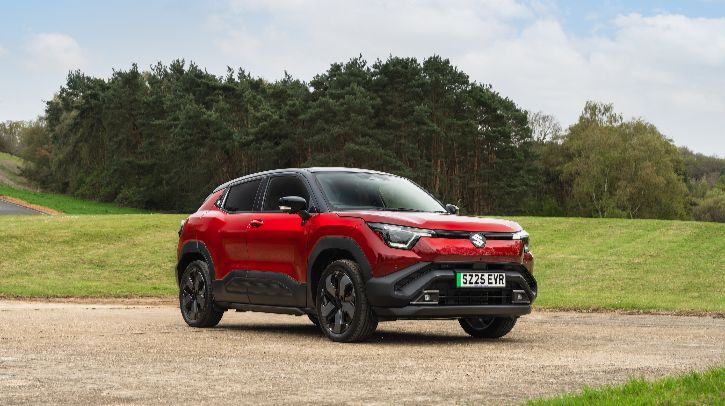Suzuki has adopted the Qt Group’s cross-platform human machine interface (HMI) technology for its first battery-electric vehicle – the e Vitara.
The Qt framework will power the vehicle’s digital cockpit, advancing the car maker’s journey into software-defined vehicles (SDV). Suzuki will leverage Qt Group’s cross-platform HMI tools for rapid UI (user interface) and UX (user experience) development as it deploys digital cockpits within elements like instrument clusters and infotainment systems.
The framework enables Suzuki to design, test and reuse all UI components across different vehicle models and platforms from a single codebase. It also gives the company full control over customizing the cockpit’s look and feel.
“We chose Qt for its ability to help us optimize development costs without falling into vendor lock-in, by leveraging Suzuki’s in-house GUI assets and deploying them across multiple platforms,” said Takashi Sunda, managing officer and executive general manager for automobile electrical and electronic engineering at Suzuki. “This approach enabled us to build a line-up of digital clusters with a unified graphic design, while also reshaping the roles and skill sets of our styling designers, HMI developers and unit developers. It’s a meaningful step forward for the future of Suzuki’s digital cluster development.”
Suzuki is building its cockpit solution on the open-source automotive-grade Linux (AGL).
“We’re committed to building technology and transforming the car experience for everyday users,” added Juhapekka Niemi, senior vice president of product management at Qt Group. “Suzuki’s e Vitara is a great example of how Qt can help auto makers bring premium digital experiences to a wider audience. This partnership is about making beautiful, responsive digital experiences more accessible across the automotive sector.”
In related news, Wind River and Hyundai Mobis collaborate to advance SDV development



